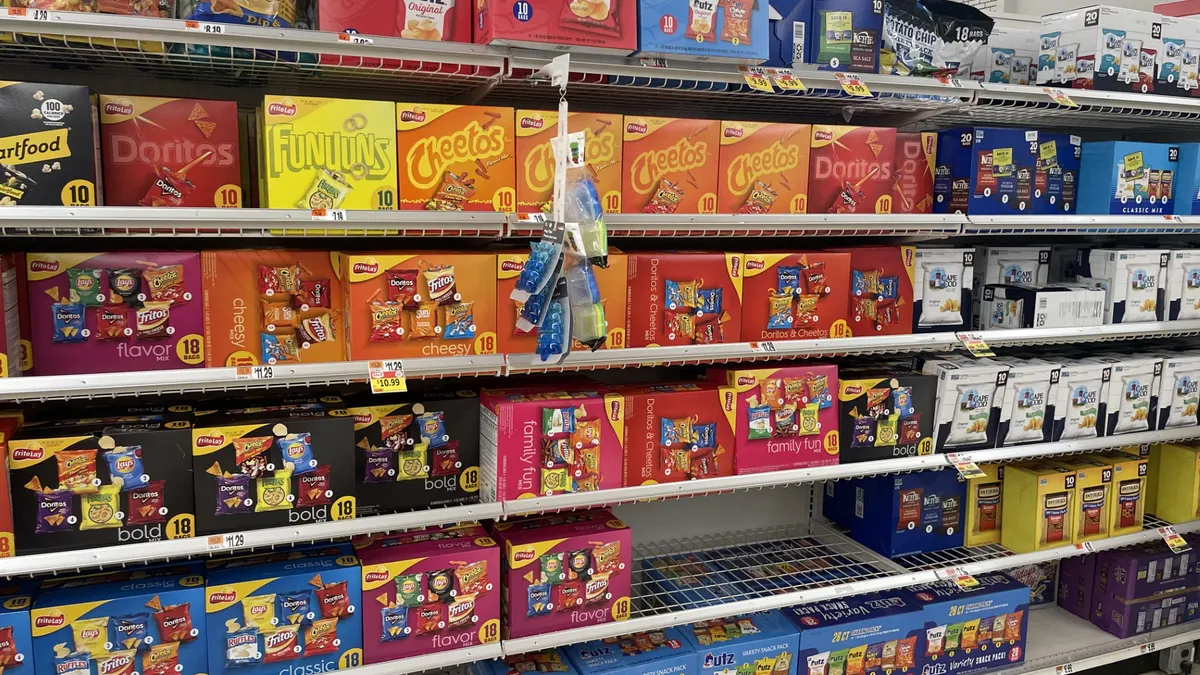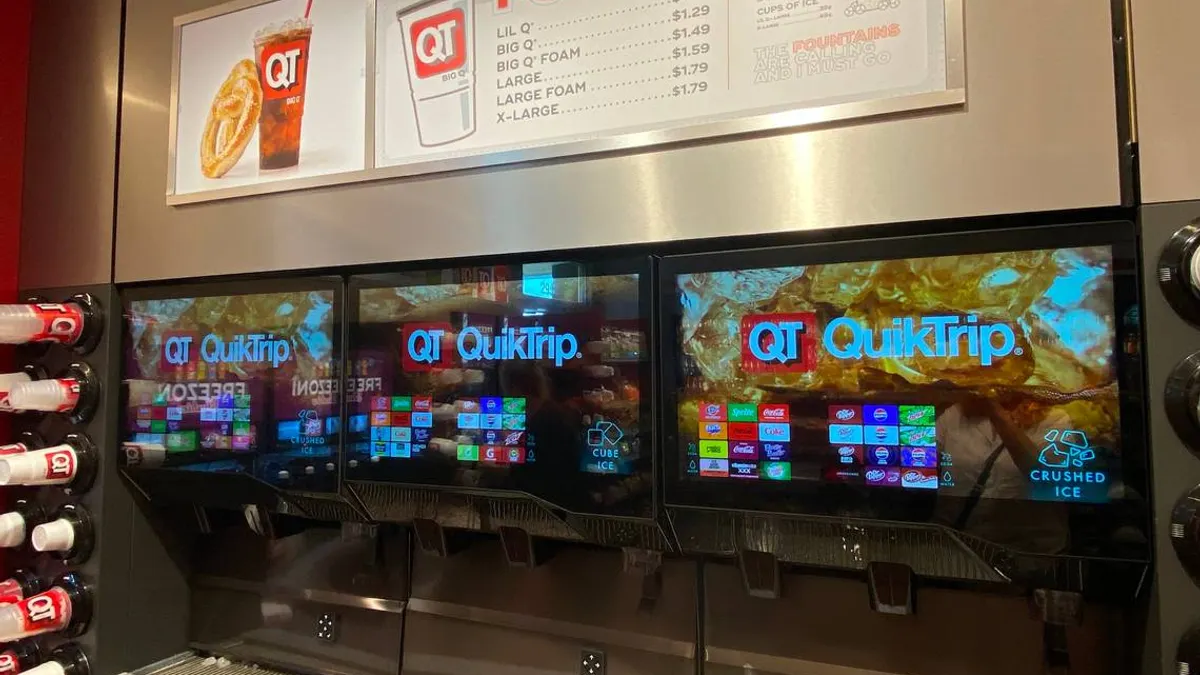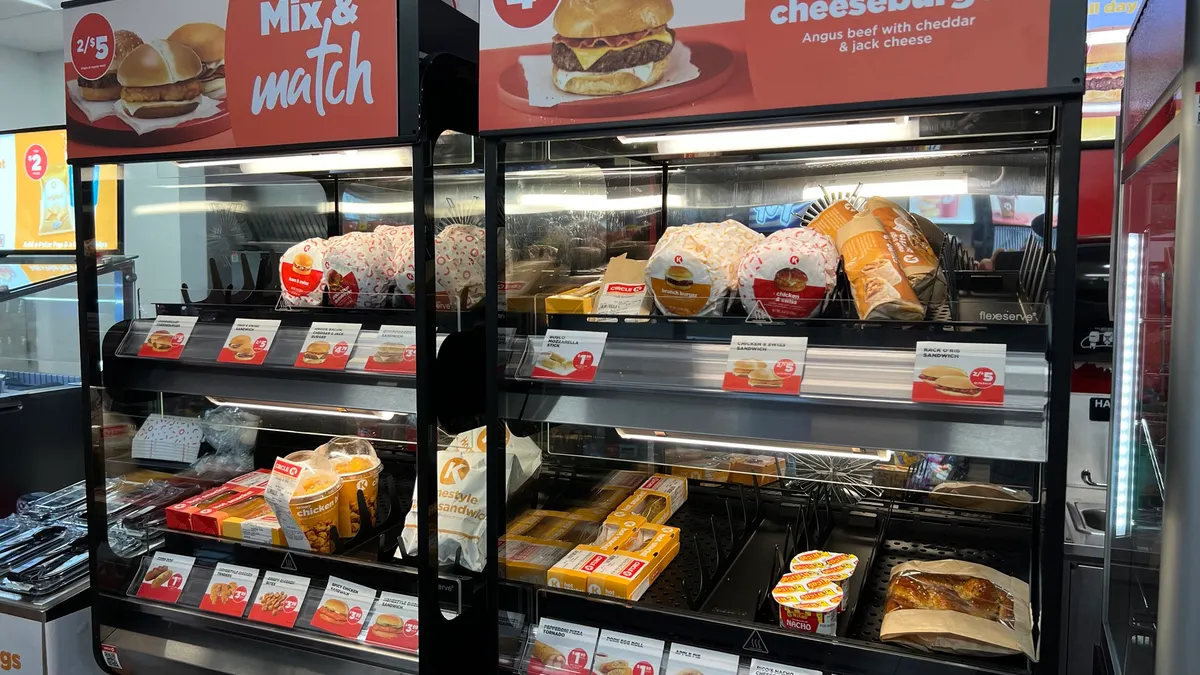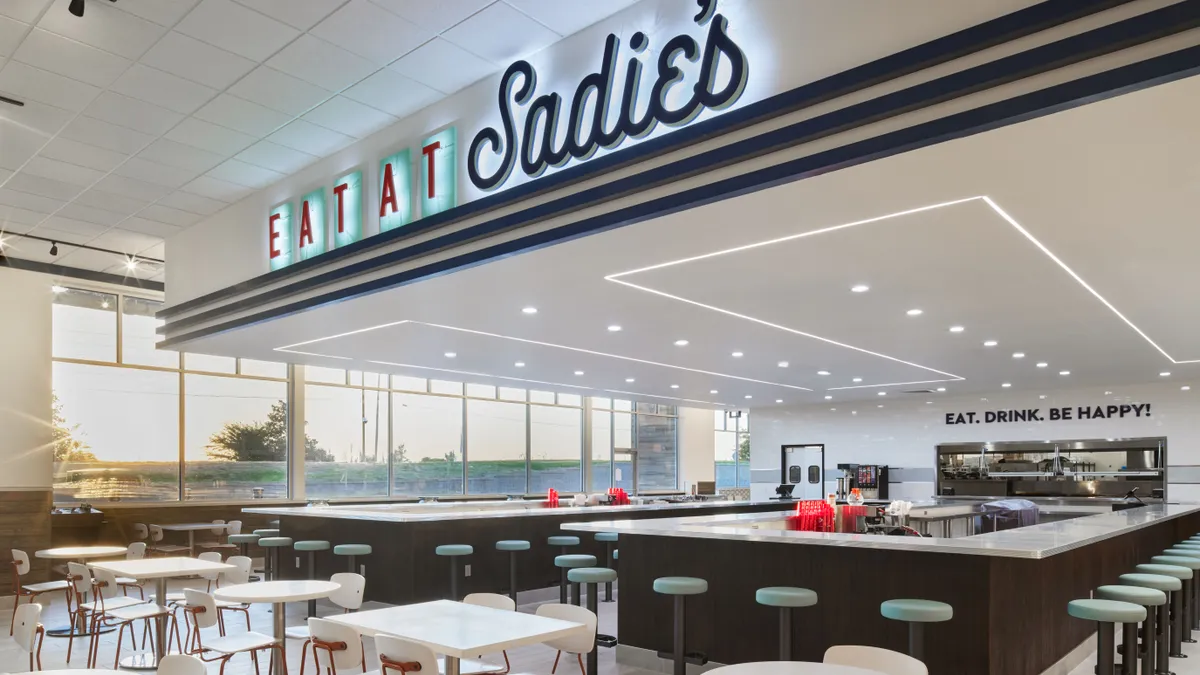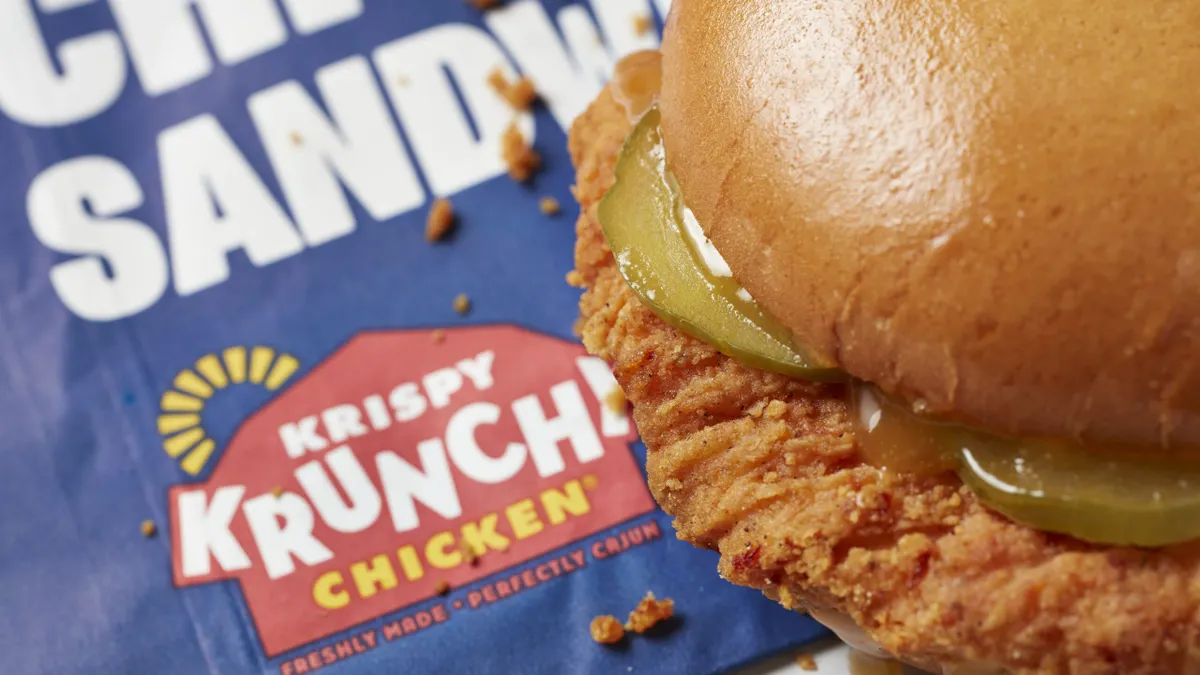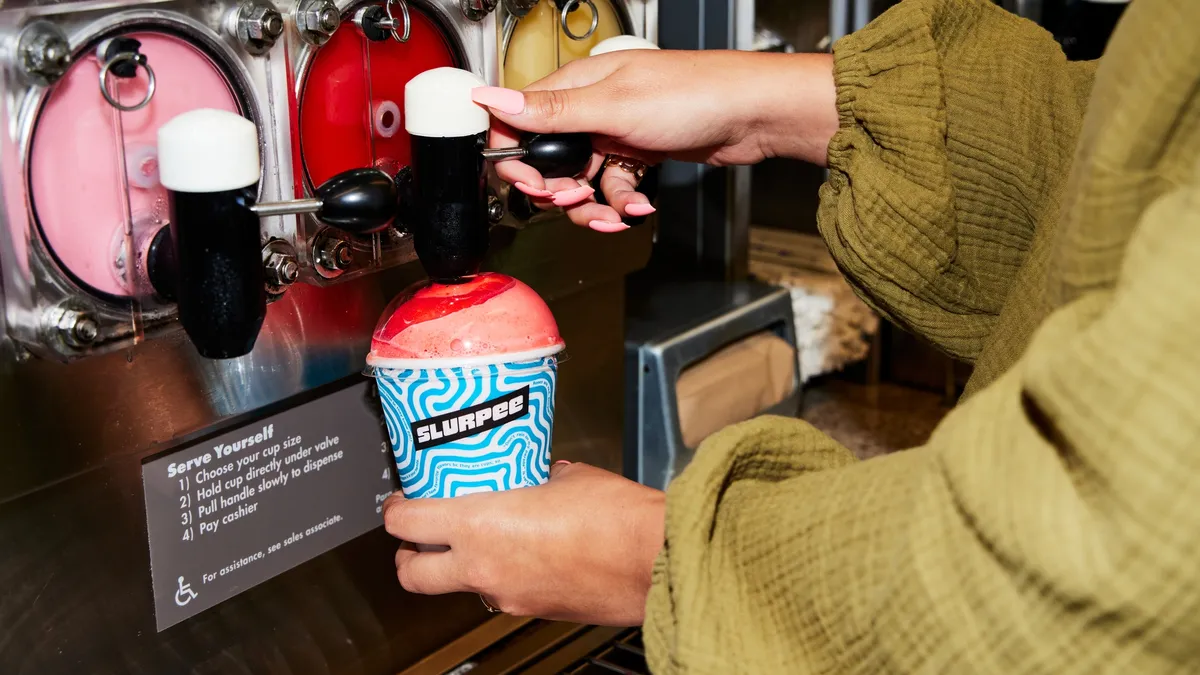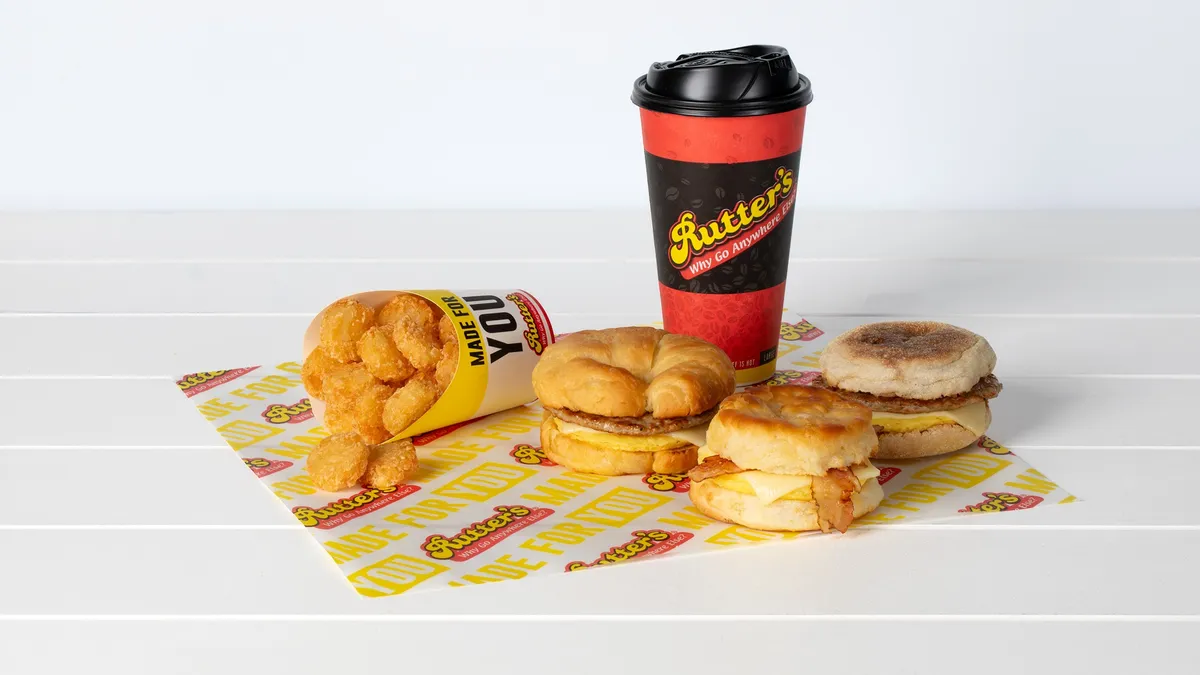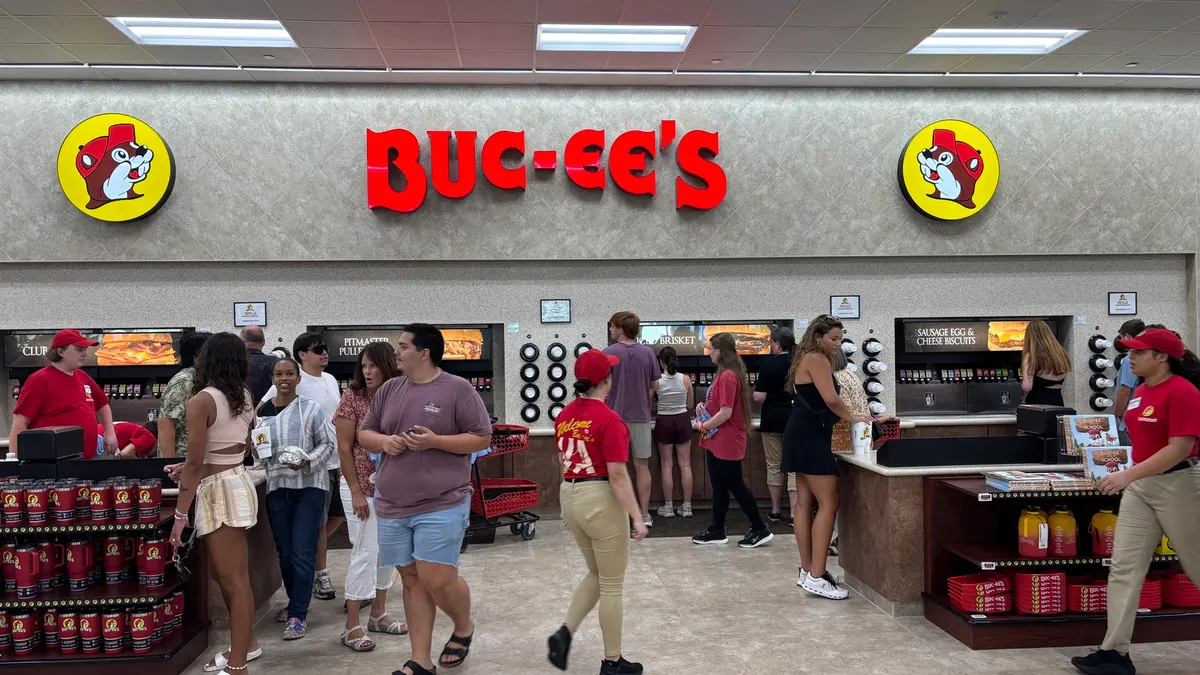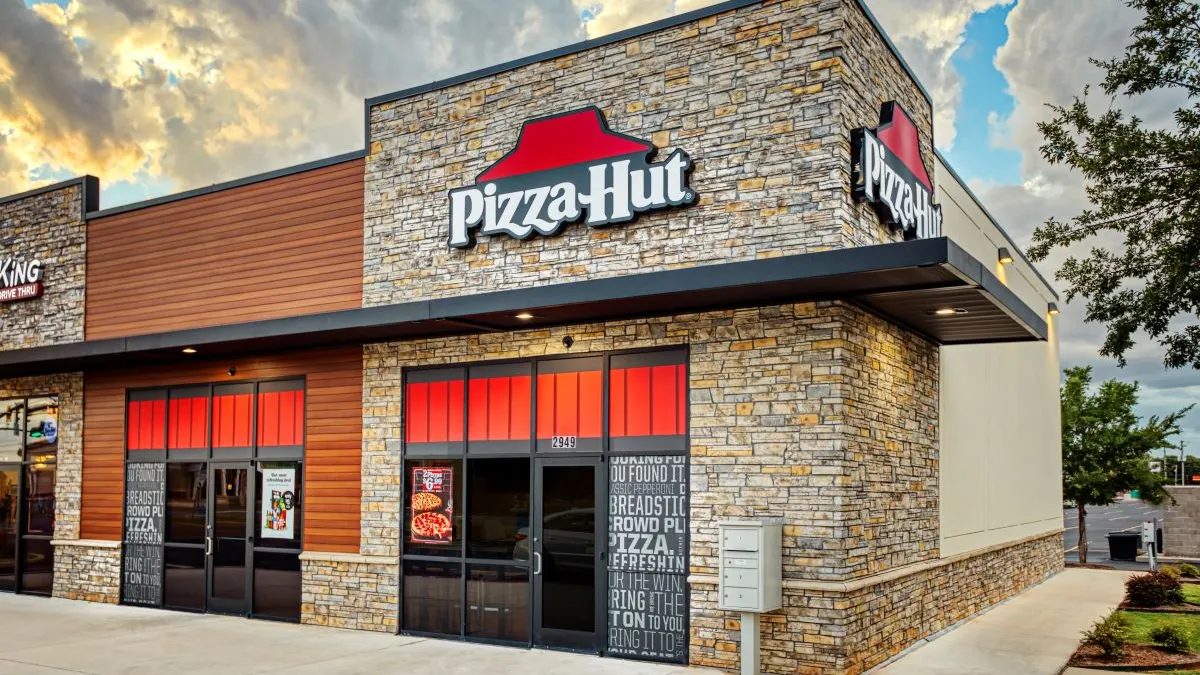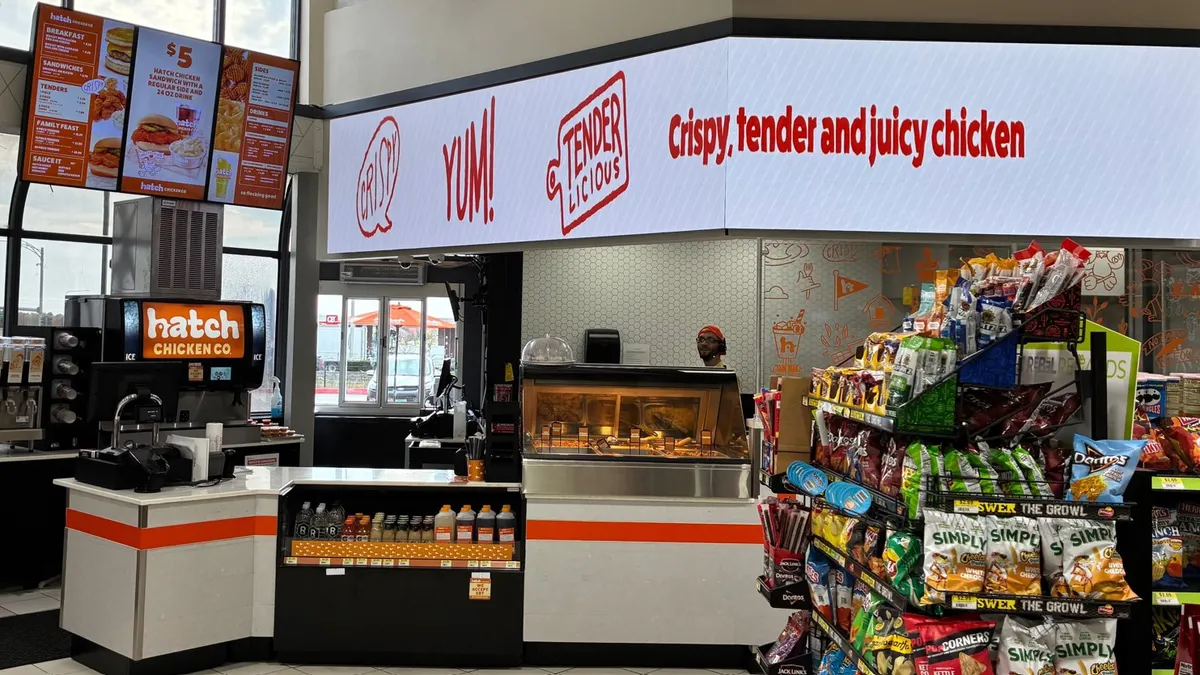Day 2 of this year’s NACS Show is in the books. While education sessions in crime reporting, foodservice flavor trends and inventory management dominated the early morning, it was a free-for-all once the massive expo floor opened for the first time.
Here’s what stood out to us on Wednesday.
It’s time to start sharing crime-related data
Convenience operators keep their data and secrets of success close to the vest. But multiple experts agreed that retailers need to start sharing their crime-related data with one another to keep their stores safer for employees and customers.
“We’re not talking about working together on gas prices or on pricing strategies,” said Wes Pate, vice president of loss prevention and risk management for Refuel Operating Company, during a panel discussion. “All that corporate secrecy should be kept secret. But we’re talking about crime, and it’s something that impacts all of us.”
Pate said he’s a “huge advocate” of sharing crime data, and believes that the industry is “super cold” when it comes to sharing this information with other c-store retailers.
“We’re all trying to solve the same problem,” he said. “I wish I had a better answer for this, but I think it can start here, today — I don’t think we share enough.”
Josh Nylander, EG America’s manager of retail asset protection investigations, concurred that sharing crime data would be useful for the c-store industry, since this info is universal. He said the Massachusetts company often participates in retail crime meetings with other brands and law enforcement, but finds that it’s often the only c-store retailer in the room.
“What’s good for somebody else is good for us,” he said.
Pickles are having a moment
There were a lot of bold, unexpected flavors on display on the NACS Show floor Wednesday. A few standouts included spicy Skittles, cinnamon churro sunflower seeds and ghost pepper beef jerky.
But a flavor that seemed to be everywhere was the humble pickle. There was fried pickle flavored popcorn from Popcorn Indiana, dill pickle flavored cashews from Giants Snacks and dill pickle flavored beef jerky from No Man’s Land. Vlasic had a new line of dill pickle balls — think cheese balls, but pickle flavored — while Coca-Cola reps handed out samples of Simply Lemonade infused with pickle.
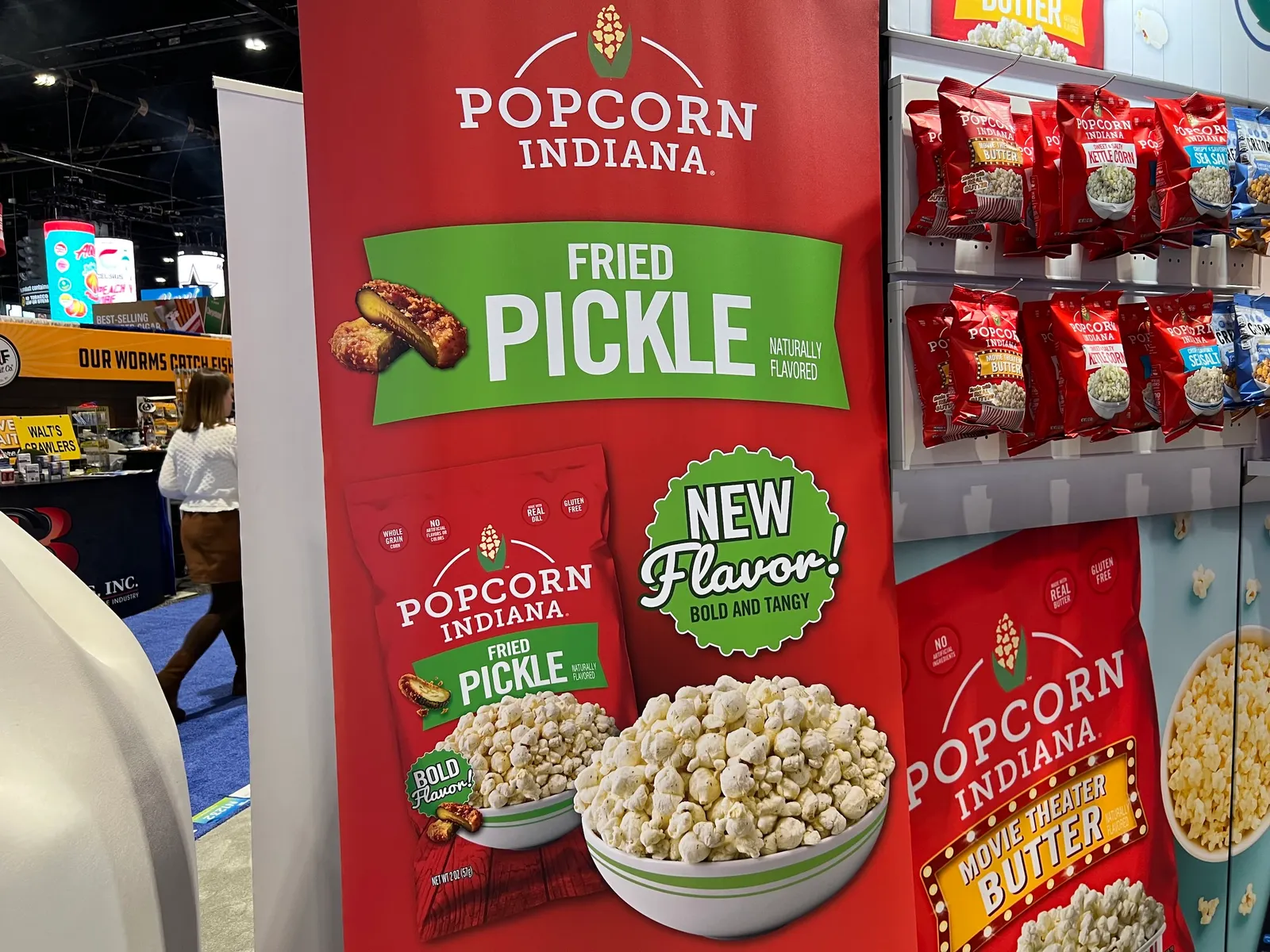
During a general education session on foodservice trends, Rutter’s Senior Director of Foodservice Phillip Santini frequently brought up pickle as an ingredient the chain uses in its eye-grabbing menu items. He pointed to a cheeseburger sub that features fried pickles.
“Who doesn’t love a fried pickle?” he said.
According to Innova Market Insights, pickle flavoring has become popular thanks to its “bold” yet “nostalgic” appeal, with 63% of consumers globally expressing positive sentiments about the ingredient across digital platforms.
Paint and signage go a long way in remodels
Retailers large and small are constantly remodeling their stores to keep up with the competition and increase their appeal. But not all remodels need to cost an arm and a leg , as operators can make small, cost-effective changes that breathe new life into their stores.
For starters, a new paint job and updated signage can go a long way, multiple retailers agreed during a panel discussion.
“Any designer will tell you that the easiest and cheapest and fastest way to change the inside of your building is paint,” said Alicia LaFollette, brand director for InConvenience Inc., parent company of the Gas Spot and Good Spot c-store banners.
InConvenience has slowly been building its network of c-stores over the past year, taking over shuttered locations that were formerly leased to bankrupt retailer Mountain Express Oil. LaFollette said that fresh coats of paint and updated signage both inside the store and at the gas pumps were smaller-scale projects that helped bring these stores to life.
Tom Rutledge, senior director of construction for Parker’s Kitchen, agreed that reworked signage is a cost-effective way to refresh a store that should be done regularly.
“Signage is what draws the customer's attention,” he said. “We make sure that our signage is up to date, no matter what.”
C-stores should approach innovation as a series of “sprints”
C-store executives too often approach innovation with a goal of making slow, sweeping changes across the organization. This “waterfall” mentality can be self-defeating, said Court Chilton, a senior lecturer with MIT and faculty director for NACS’ Innovation Leadership Program, which brings together c-store leaders at the school’s campus each year to learn about change management.

Executives should instead approach innovation as a series of small, manageable steps — or “sprints” — that break down a challenge and better accommodate failure while also fostering accountability, Chilton said during a general education session Wednesday morning.
That’s the approach Love’s Travel Stops & Country Stores took when it decided it needed to increase its digital sales. Rather than launch a comprehensive program, the company decided to start by taking the smaller step of adding QSR ordering kiosks to its stores.
Love’s struggled to find the right places to put the kiosks, said Nick Bouse, Love’s senior director of foodservice. But it learned, and after that process got smoother the company turned to its next sprint: implementing mobile ordering.
“It's the opportunity to test, to learn, to fail, to review, to do it over again,” Bouse said. “And those sprints have allowed us to get to market faster. They've allowed us to get through a process on one project and start a sprint on another.”
Donate food without the worry
Judging by a show of hands at a panel on Wednesday, many people believe that donating food can open a retailer up to liability.
But that’s not true, said April Love, a clinical instructor with the Food Law and Policy Clinic at Harvard Law School.
“[As] a smaller retailer, you may be thinking, I cannot donate this food. Somebody’s gonna get sick, I’m going to get sued,” she said.
Love added that thanks to a law called the Bill Emerson Good Samaritan Food Donation Act, “if you do everything the right way, you won’t get sued.”
The rules state that the food must be “apparently wholesome,” which means that it’s something that you would be willing to eat; that the donation be made through a nonprofit or be made by a qualified direct donor; and that it be donated in good faith.
While the panel offered a broad variety of advice for retailers looking to donate food, multiple presenters noted that just getting over the initial worry and getting started is the biggest step.
“Probably the hardest part is you all just having the desire and raising your hand and saying ‘this is something that I want to do,’” said Jason Read, director of store operations for Wawa
It’s not a party without a DJ
The NACS Show is already quite a party thanks to copious amounts of booze, candy and fried chicken.

Still, it’s always possible to turn the volume — which is what several vendors at the show did thanks to in-booth DJs spinning everything from pop to hip-hop to house music. Altria, PepsiCo, Red Bull and Prime were just a few of the companies that employed audio maestros to keep the energy high for visitors.
The PepsiCo booth set the bar particularly high with its mixture of old-school hip hop and a dancing Chester Cheetah mascot. The vibes were good enough to encourage lots of soda swigging and chip noshing.



